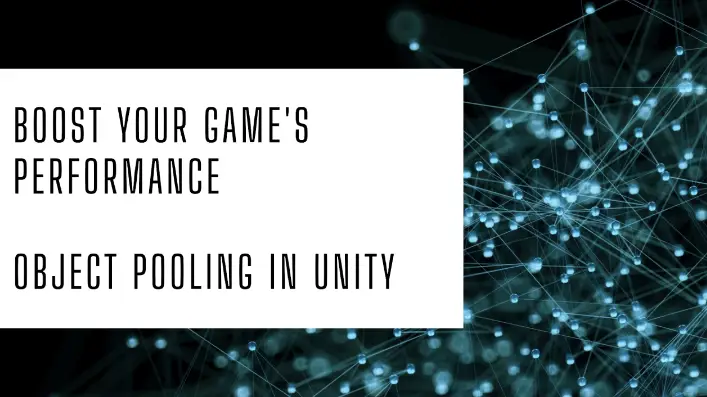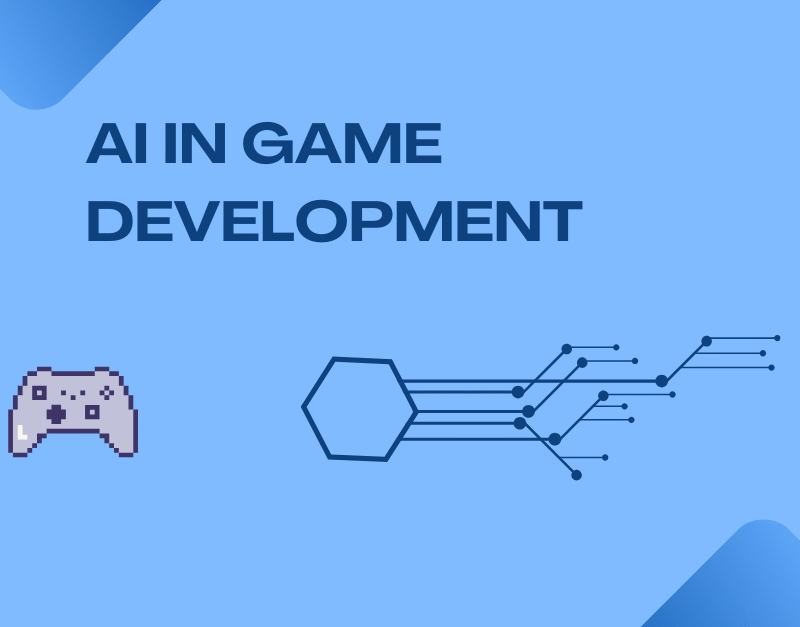As game projects grow more complex, maintaining smooth performance becomes increasingly challenging. One effective technique to manage resources efficiently is object pooling. This approach is particularly beneficial in Unity for managing instances of prefabricated objects (prefabs) such as bullets, enemies, or particles. Let’s explore what object pooling is, why it’s beneficial, and how you can implement it using C# in Unity.
What is Object Pooling?
Object pooling is a design pattern used to recycle objects that are expensive to create and destroy repeatedly. Instead of instantiating and destroying objects, which is CPU-intensive and can cause noticeable frame rate drops (especially in garbage-collected environments like Unity), object pooling reuses objects from a “pool” of pre-instantiated objects.
Benefits of Object Pooling
-
Performance Efficiency: Reduces the overhead of instantiating and destroying objects, which can be significant in games with high dynamics and interactions.
-
Garbage Collection Optimization: Minimizes the frequency of garbage collections by maintaining a consistent number of objects in memory.
-
Resource Management: Provides better control over the lifecycle and management of objects used throughout your game.
Implementing Object Pooling in Unity with C#
To demonstrate how to implement object pooling, let’s create a simple ObjectPooler class in Unity using C#. This class will manage the pooling of generic objects.
using System.Collections.Generic;
using UnityEngine;
public class ObjectPooler : MonoBehaviour
{
public GameObject objectPrefab; // The prefab that the pool will manage
public int poolSize = 20; // Default number of objects in the pool
private Queue<GameObject> objectPool = new Queue<GameObject>();
void Start()
{
// Pre-instantiate objects and deactivate them
for (int i = 0; i < poolSize; i++)
{
GameObject obj = Instantiate(objectPrefab);
obj.SetActive(false);
objectPool.Enqueue(obj);
}
}
// Method to get an object from the pool
public GameObject GetPooledObject()
{
if (objectPool.Count > 0)
{
GameObject obj = objectPool.Dequeue();
obj.SetActive(true);
return obj;
}
else
{
// Optional: Instantiate more objects if the pool is empty
GameObject obj = Instantiate(objectPrefab);
obj.SetActive(true);
return obj;
}
}
// Method to return an object to the pool
public void ReturnObjectToPool(GameObject obj)
{
obj.SetActive(false);
objectPool.Enqueue(obj);
}
}How to Use the ObjectPooler
-
Instantiation: Attach this script to a GameObject in your Unity scene. Set the
objectPrefabto the object you wish to pool and adjust thepoolSizeas needed. -
Getting Objects: Use
GetPooledObject()whenever you need an instance of the object. This method will either provide an active object from the pool or create a new one if the pool is empty. -
Recycling Objects: Call
ReturnObjectToPool(GameObject obj)to deactivate and return an object to the pool when you’re done using it.
There are many ways to implement the ObjectPooler. In this example, I have used a Queue, but a simple List can be used as well.
Conclusion
Object pooling is a powerful technique in Unity for optimizing performance and resource management. By reusing objects instead of constantly creating and destroying them, developers can significantly improve the smoothness and responsiveness of their games. The example provided above is a basic implementation, and you can expand upon it by integrating features like automatic resizing, different object types, and more sophisticated activation/deactivation behaviors.


